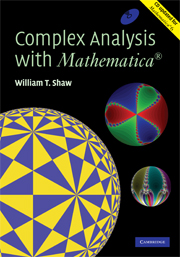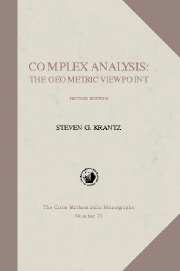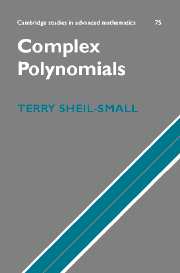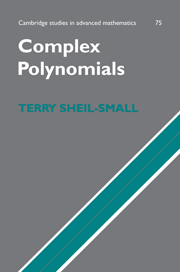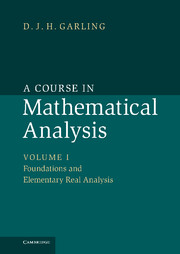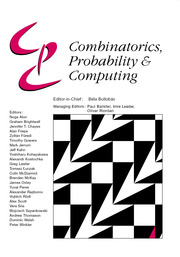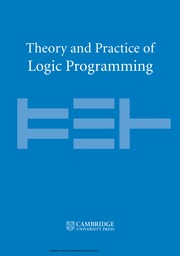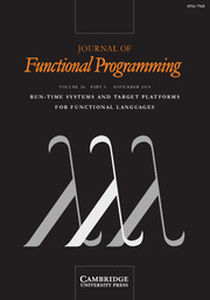Complex Analysis with MATHEMATICA®
Complex Analysis with Mathematica offers a way of learning and teaching a subject that lies at the heart of many areas of pure and applied mathematics, physics, engineering and even art. This book offers teachers and students an opportunity to learn about complex numbers in a state-of-the-art computational environment. The innovative approach also offers insights into many areas too often neglected in a student treatment, including complex chaos and mathematical art. Thus readers can also use the book for self-study and for enrichment. The use of Mathematica enables the author to cover several topics that are often absent from a traditional treatment. Students are also led, optionally, into cubic or quartic equations, investigations of symmetric chaos and advanced conformal mapping. A CD is included which contains a live version of the book: in particular all the Mathematica code enables the user to run computer experiments.
- Integration of a course on complex variables with the symbolic computation system Mathematica
- An introduction to twistor methods and the use of complex variables for 3 and 4 dimensional problems.
- Integration of a course on complex variables with Mathematica software, supported by the accompanying CD
Reviews & endorsements
'William Shaw's Complex Analysis with Mathematica is a remarkable achievement. It masterfully combines excellent expositions of the beauties and subtlety of complex analysis, and several of its applications to physical theory, with clear explanations of the flexibility and the power of Mathematica for computing and for generating marvellous graphical displays.' Roger Penrose, University of Oxford
'This is an innovative text in which the basic ideas of complex analysis are skillfully interwoven with geometry, chaos and physics through the learning and repeated application of Mathematica. This text moves from complex numbers, quadratic and cubic equations through to the Schwarz-Christoffel transformation and four-dimensional physics, and at each stage promotes understanding through geometric intuition and reader participation. It should appeal to anyone with an interest in the geometric side of complex analysis.' Alan F. Beardon, University of Cambridge
'This book provides an inspiring way to learn complex analysis thanks to the inclusion of many topics of current interest in the field as well as the integration of highly visual Mathematica routines throughout. The book is sure to excite students about the field.' Bob Devaney, Boston University
'The book is far more than a standard course of complex analysis or a guide to Mathematica® tools.' EMS Newsletter
Product details
April 2006Hardback
9780521836265
600 pages
244 × 170 × 33 mm
1.34kg
57 b/w illus. 79 colour illus. 375 exercises
Available
Table of Contents
- Preface
- 1. Why you need complex numbers
- 2. Complex algebra and geometry
- 3. Cubics, quartics and visualization of complex roots
- 4. Newton-Raphson iteration and complex fractals
- 5. A complex view of the real logistic map
- 6. The Mandelbrot set
- 7. Symmetric chaos in the complex plane
- 8. Complex functions
- 9. Sequences, series and power series
- 10. Complex differentiation
- 11. Paths and complex integration
- 12. Cauchy's theorem
- 13. Cauchy's integral formula and its remarkable consequences
- 14. Laurent series, zeroes, singularities and residues
- 15. Residue calculus: integration, summation and the augment principle
- 16. Conformal mapping I: simple mappings and Mobius transforms
- 17. Fourier transforms
- 18. Laplace transforms
- 19. Elementary applications to two-dimensional physics
- 20. Numerical transform techniques
- 21. Conformal mapping II: the Schwarz-Christoffel transformation
- 22. Tiling the Euclidean and hyperbolic planes
- 23. Physics in three and four dimensions I
- 24. Physics in three and four dimensions II
- Index.

